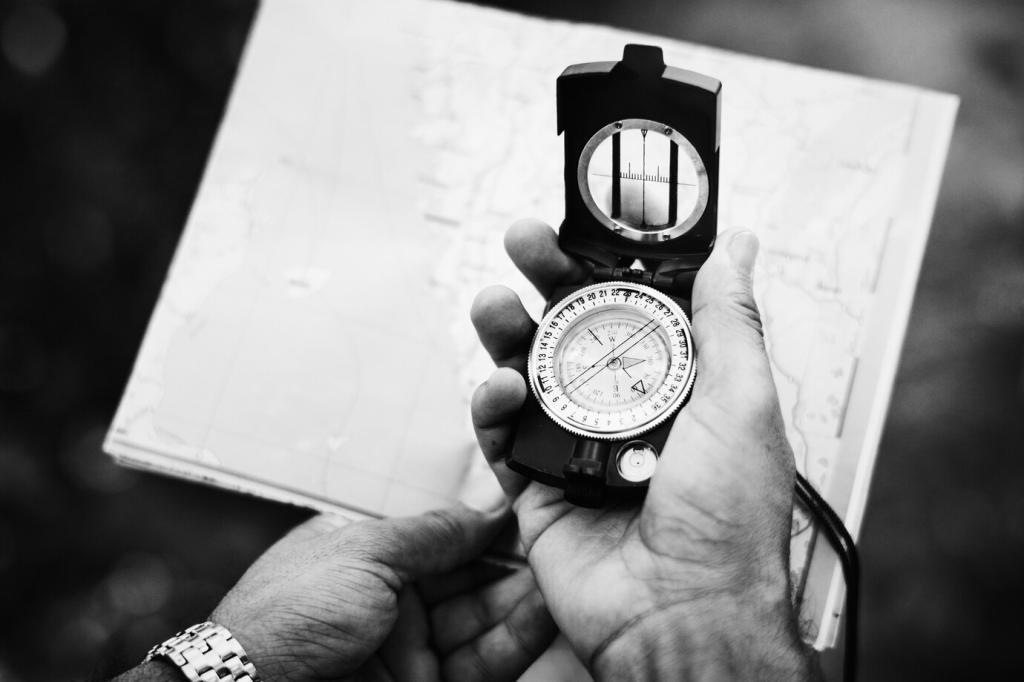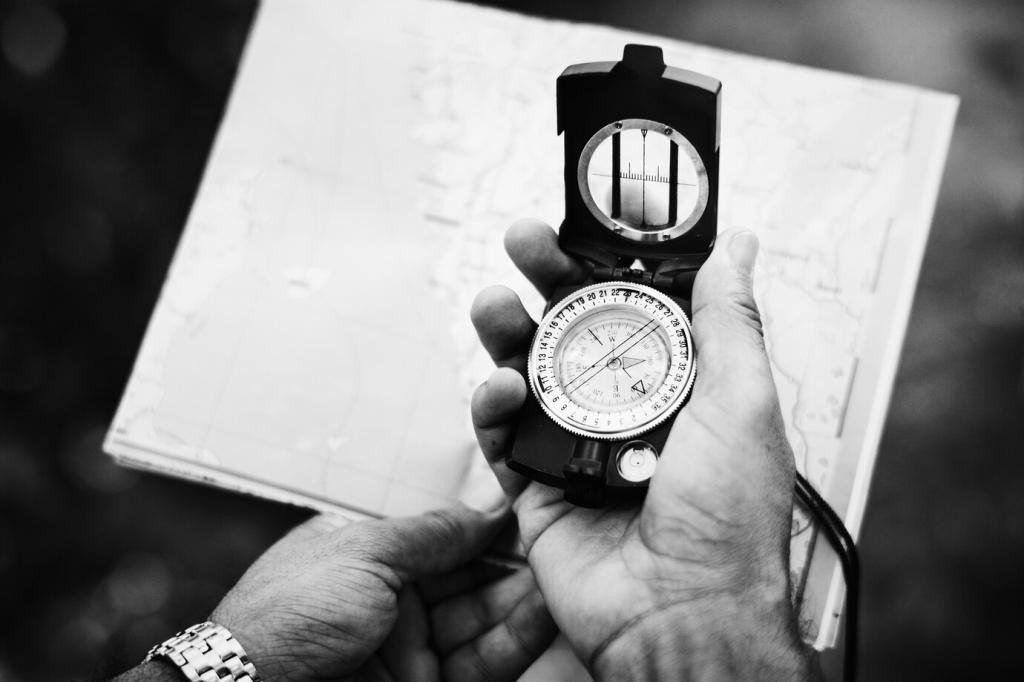Networks and Communication: Sacbeob and Modern Information Flows
Sacbeob—bright, raised causeways—physically connected centers, making travel and coordination faster. Build comparable ‘alignment roads’ by mapping dependencies, removing blockers, and setting predictable interaction points. Where are your routes muddy or broken? Post an example, and we’ll suggest ways to illuminate and maintain that path.
Networks and Communication: Sacbeob and Modern Information Flows
Public inscriptions commemorated victories and obligations, creating a shared memory. In modern teams, dashboards and changelogs should be legible, contextual, and timely. Add narrative notes explaining why numbers shifted. Which report improved trust in your group? Share screenshots or descriptions to inspire others.
Networks and Communication: Sacbeob and Modern Information Flows
Maya courts coordinated via messengers and diplomatic envoys, balancing urgency with distance. Embrace asynchronous updates, clear deadlines, and response norms to reduce meeting overload. Define service levels for replies. What async habit has most improved your team’s clarity? Comment below and help peers adopt it.
Networks and Communication: Sacbeob and Modern Information Flows
Lorem ipsum dolor sit amet, consectetur adipiscing elit. Ut elit tellus, luctus nec ullamcorper mattis, pulvinar dapibus leo.






